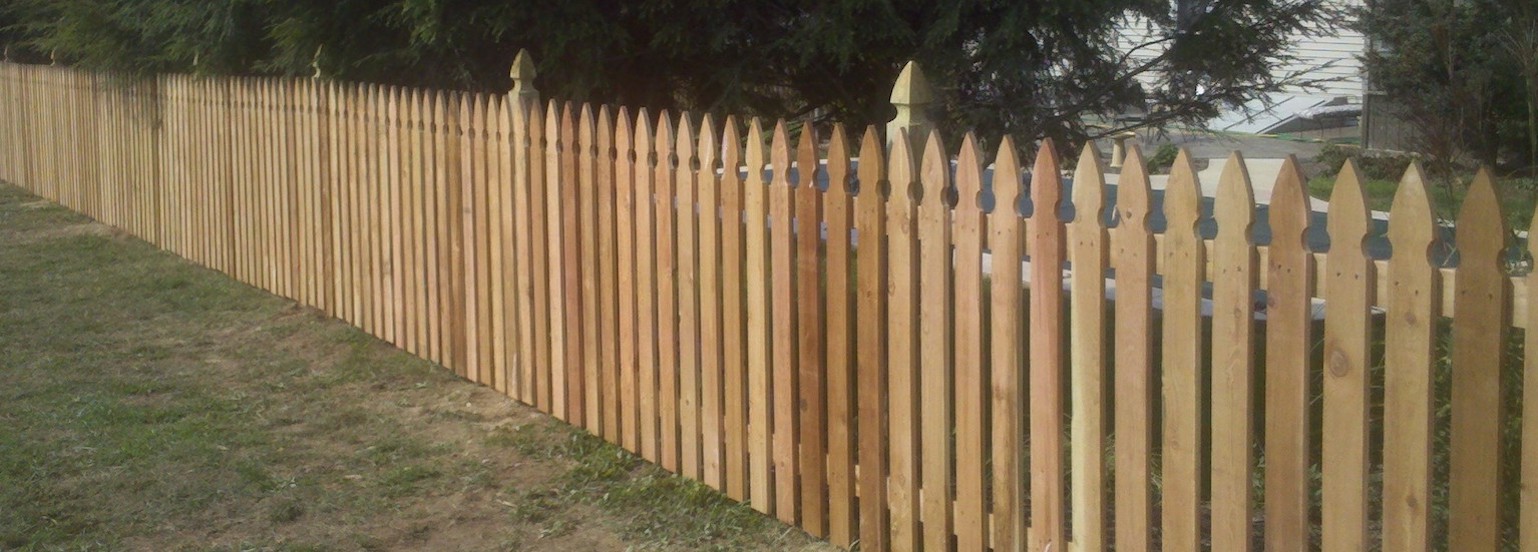
-
What types (species) of wood do you carry?
We supply all major species including Red Cedar, Northern White Cedar, Spruce, Locust, Hemlock and Pressure Treated Southern Yellow Pine.
-
What are the differences between various wood species?
Generally speaking, wood species vary in durability and therefore longevity. Experienced fence contractors will know what holds up best in your area. Prices can vary significantly between species.
-
How is wood “graded”?
Wood is generally graded according to industry standards. We purchase from large mills with established grades and standards. We always sell to the mill grade. In other words, we do not mix or regrade, and we accurately represent the wood as purchased from our suppliers.
-
Do I need to treat or seal my wood fence?
We suggest all wood products have a waterproofing treatment, solution or stain with UV protection applied once the wood has dried. Painting is generally discouraged due to high maintenance costs.
-
What do the following technical terms mean and why are they important?
S4S Surface is smooth on all 4 sides S1S2E One side and the 2 edges are smooth. Face side is rough sawn. Clear Boards have almost no knots. #1 Small, tight knots. #2 Medium, tight knots. #3 Knots of various sizes, with possibility of knots falling out. Rustic grade with natural imperfections. These terms are used to describe the wood used in fencing products. Prices vary depending on grade and surfacing.
-
Can picket spacing on certain styles be modified?
We offer many styles with varying space between pickets (Wide, Narrow, Tight) in order to accommodate homeowner preferences and local building codes. Contact your local dealer or our office to determine available spacing options for each fence style.
-
Will all the wood sections look the same?
Wood has knots and inherent imperfections. The fiber within a log has contrasting colors, which is reflected in the fence section.
-
Will the nails rust?
We use stainless steel nails in all wood panels we manufacture. Spruce stockade panels are constructed with a galvanized nail to reduce costs.
-
How long does wood fence last?
Longevity is based upon a number of factors, including wood species, climate, soil contact and insect population. We recommend pressure treated southern yellow pine posts for ground use. The aesthetics of the section is determined by the species of wood used. In northern and mid-Atlantic climates both red and white cedar are rated at 15 – 20 years as a general guideline by the US Forest Service, though specific longevity is not guaranteed. As wood seasons, checking and cracks may develop, which is consistent with natural aging for all wood products.
